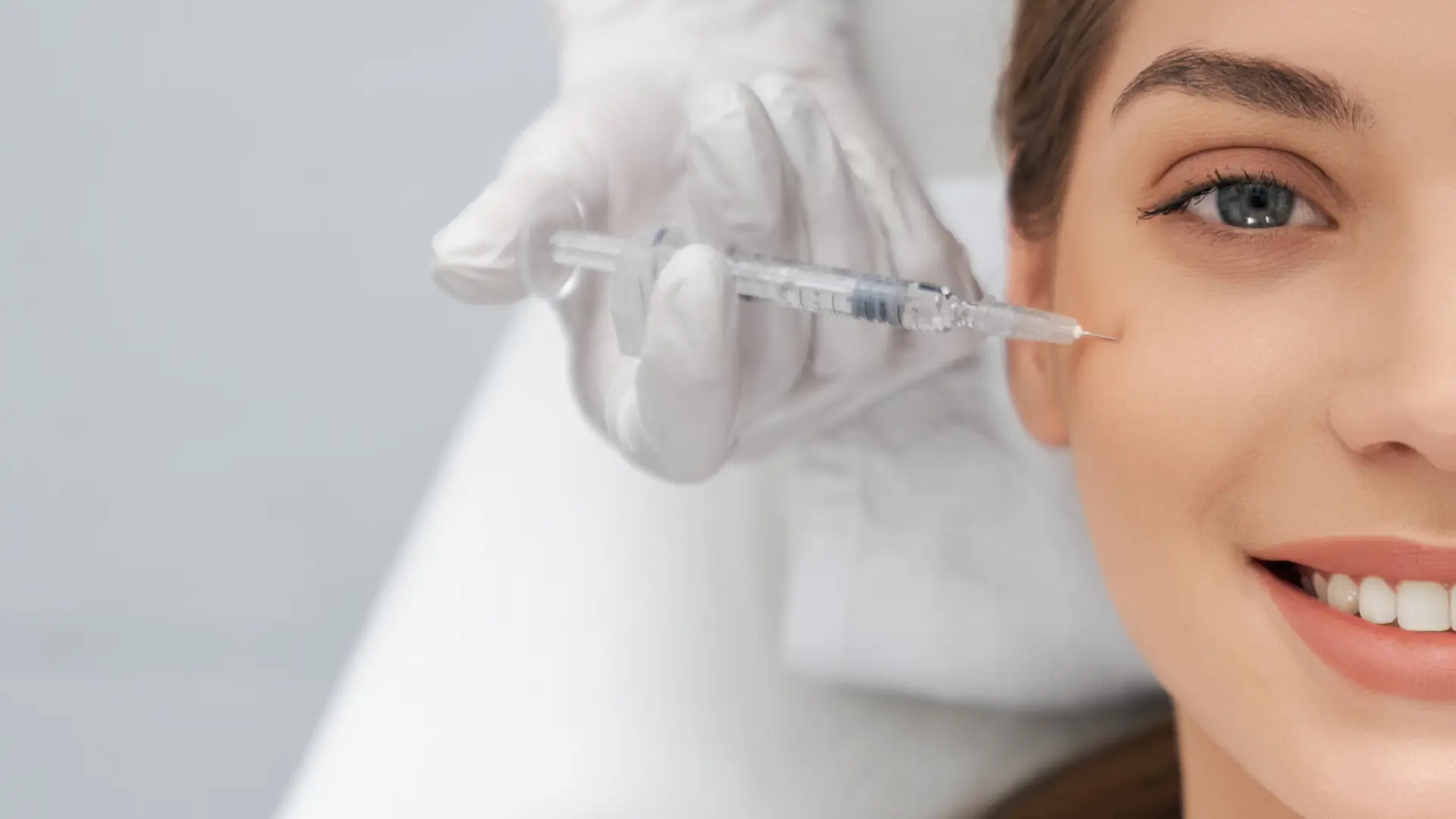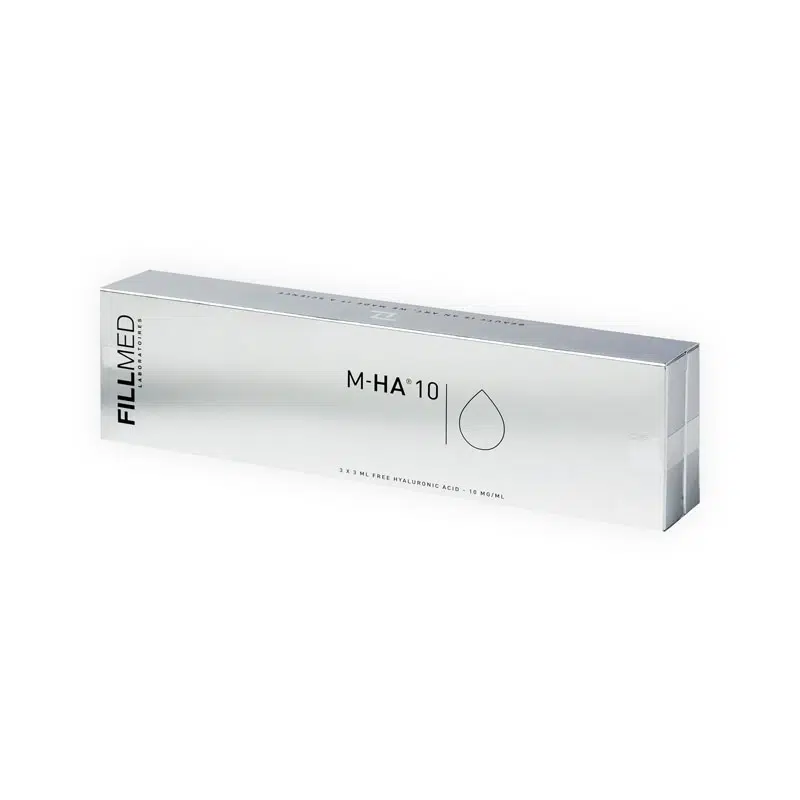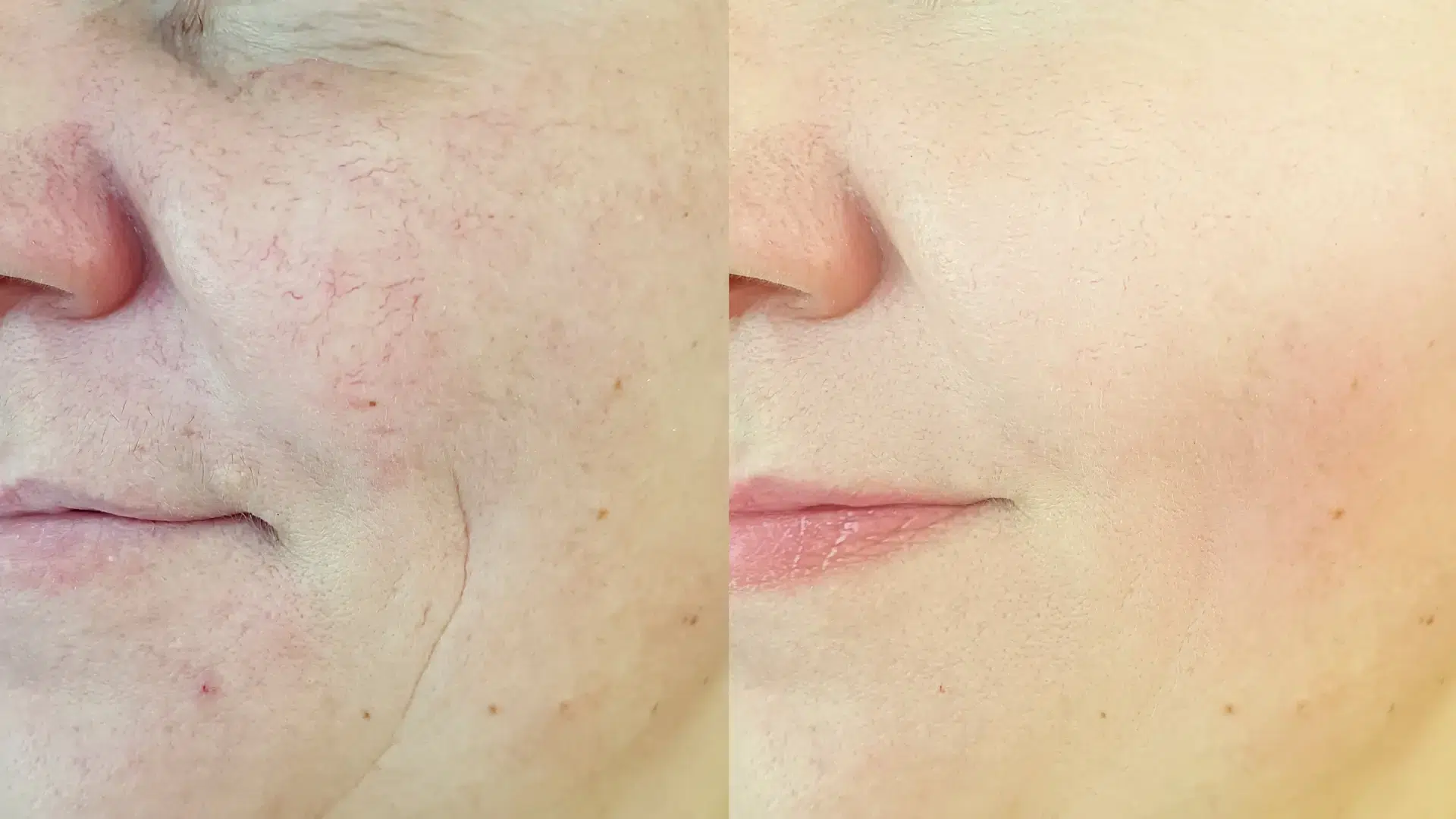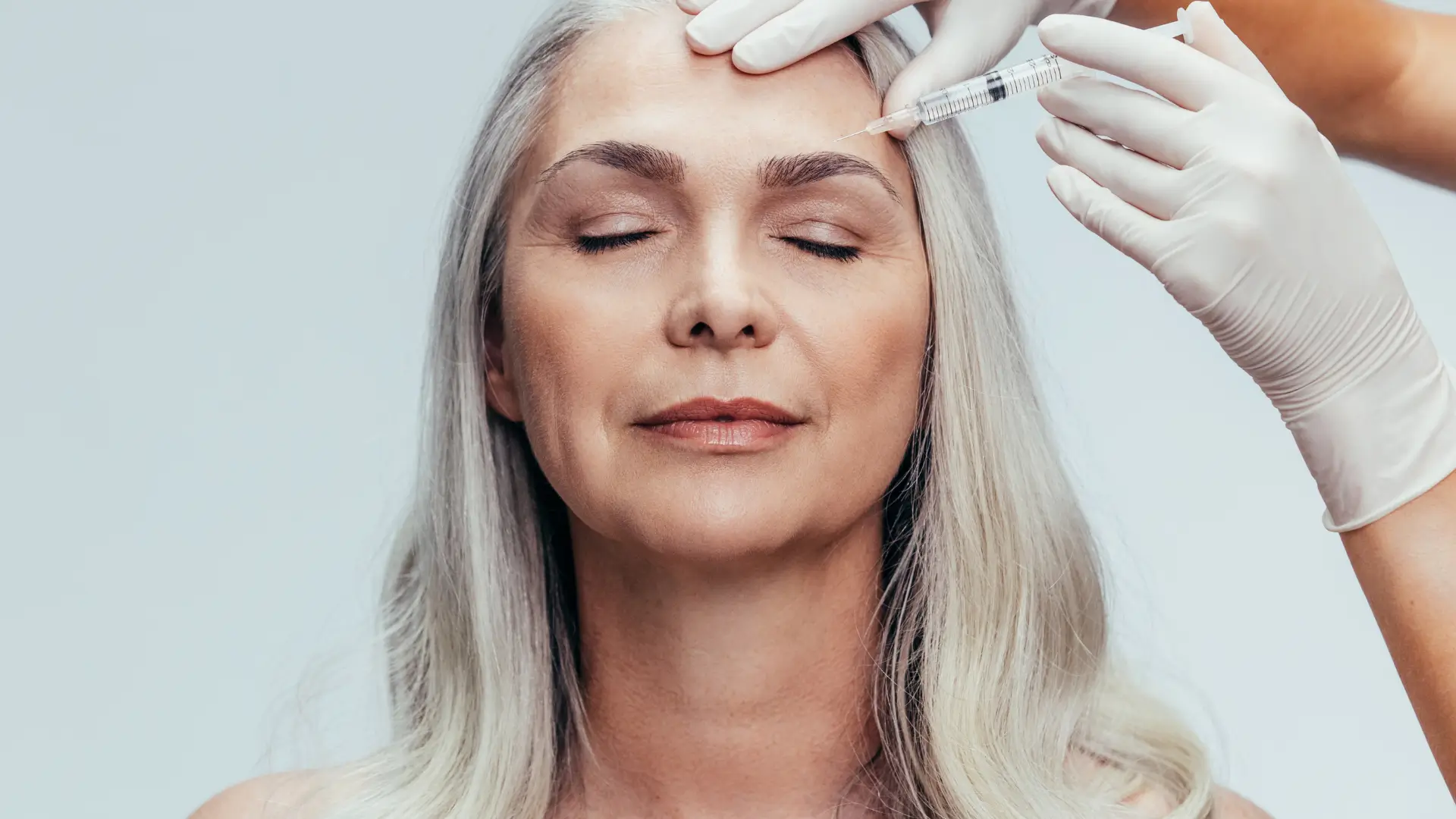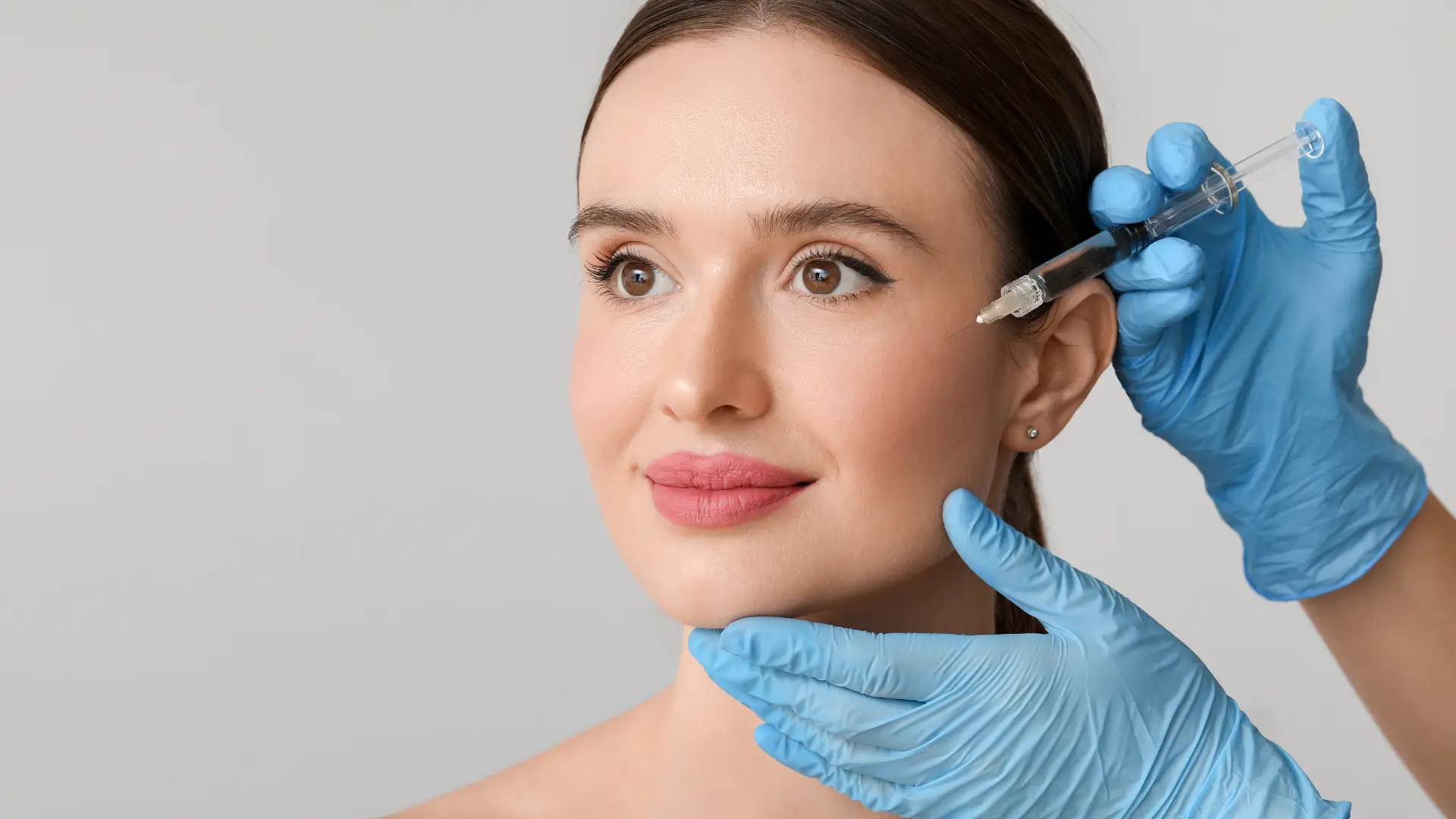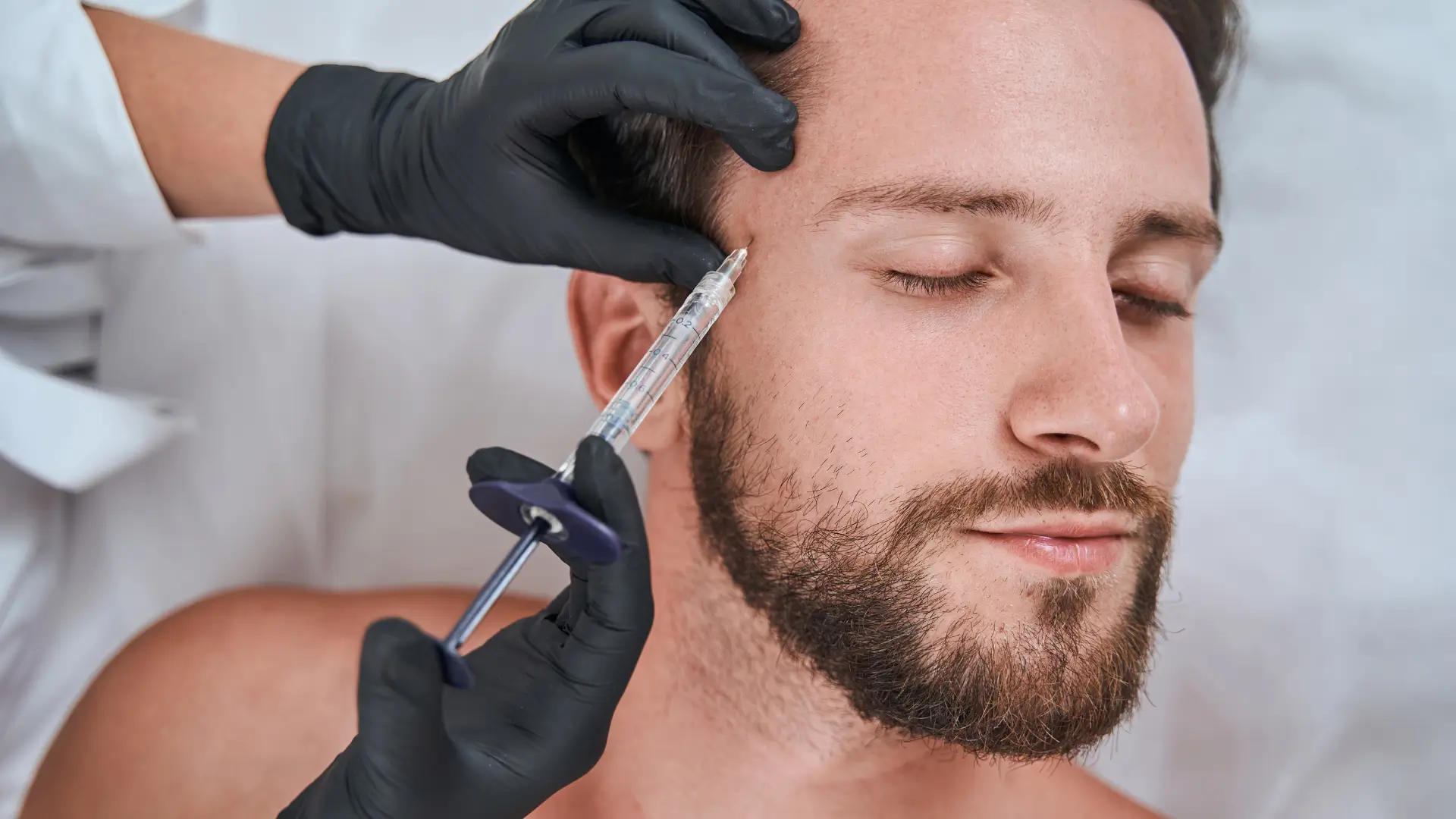A global survey found that 70% of consumers seek cosmetic procedures to boost confidence and achieve a youthful appearance. Skin boosters are among the most popular treatments, offering enhanced hydration, smoother texture, and improved skin quality. However, like any aesthetic procedure, they carry potential side effects, including swelling, redness, bruising, and, in rare cases, infections or allergic reactions.
One standout option is M HA 10 by Fillmed Laboratoires, a hyaluronic acid-based skin booster known for restoring hydration and elasticity. While it has been clinically evaluated for safety and effectiveness, patients and practitioners must be aware of its possible side effects.
In this article, we will explore the potential side effects of M HA 10, ranging from common reactions to rare complications, along with expert advice on managing and minimizing risks.
Key Takeaways
- Swelling, bruising, redness, mild pain, and itching are typical reactions that generally subside within a few days.
- Although uncommon, severe reactions such as allergic responses, vascular occlusions, and skin necrosis may occur. Immediate medical attention is necessary if these symptoms arise.
- Following post-treatment care, such as applying cold compresses, avoiding strenuous activities, and using gentle skincare, can help minimize discomfort and promote recovery.
- Educating patients about potential risks and monitoring for delayed adverse reactions ensures safer treatment outcomes.
- Proper administration and emergency preparedness among healthcare providers reduce risks and improve patient confidence in the procedure.
About: Medica Depot is your trusted all-in-one supplier, offering a range of high-quality medical injectables and supplies. Buy Fillmed products online at Medica Depot today! Whether for health professionals, plastic surgeons, dermatologists, licensed estheticians, or other specialists, we can offer genuine, brand-name products you may need. With Medica Depot, we prioritize serving you better to improve the patient’s quality of life.
Common Side Effects
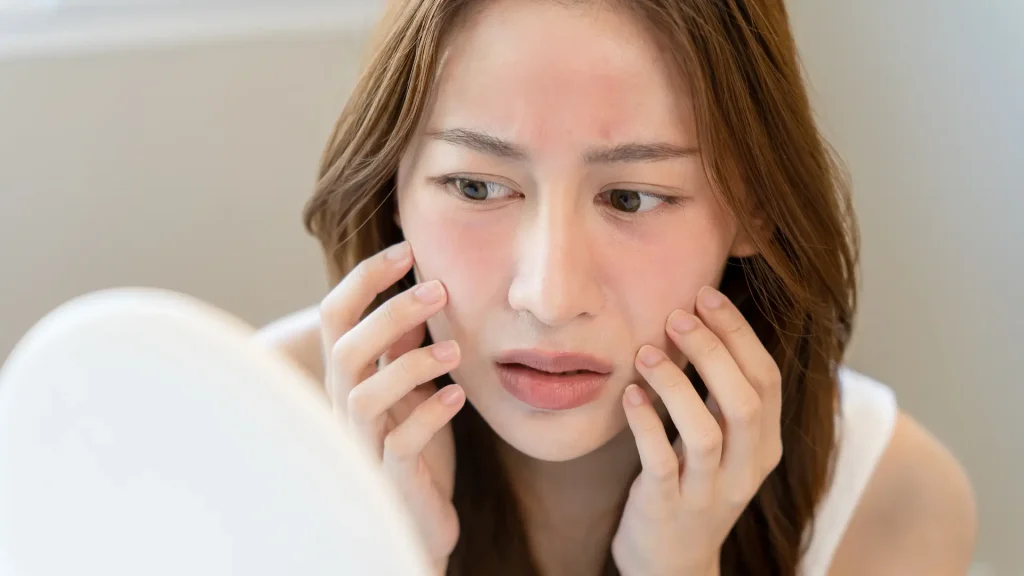
Despite the proven safety and effectiveness of medical devices in addressing skin rejuvenation through various trials and studies, it’s essential to understand that typical reactions may still occur post-treatment. Potential M HA 10 skin booster patients should look into the common side effects of this aesthetic treatment.
- Swelling
- Bruising
- Redness
- Mild Pain
- Itching
These reactions typically subside within a few days to a week and do not usually require medical attention. However, if they persist, patients should consult their trusted medical professionals to manage their symptoms and avoid further complications appropriately.
Patients must follow their healthcare provider’s post-treatment care instructions and promptly contact them if they experience unusual or prolonged side effects. The most common aftercare treatment tips include:
- Apply a cold compress, followed by a warm one, to the treated area
- Avoid strenuous activities
- Avoid excessive sun exposure
- Use gentle skincare products for skin
- Over-the-counter pain relievers, such as ibuprofen, can be taken if necessary.
Rare and Serious Side Effects
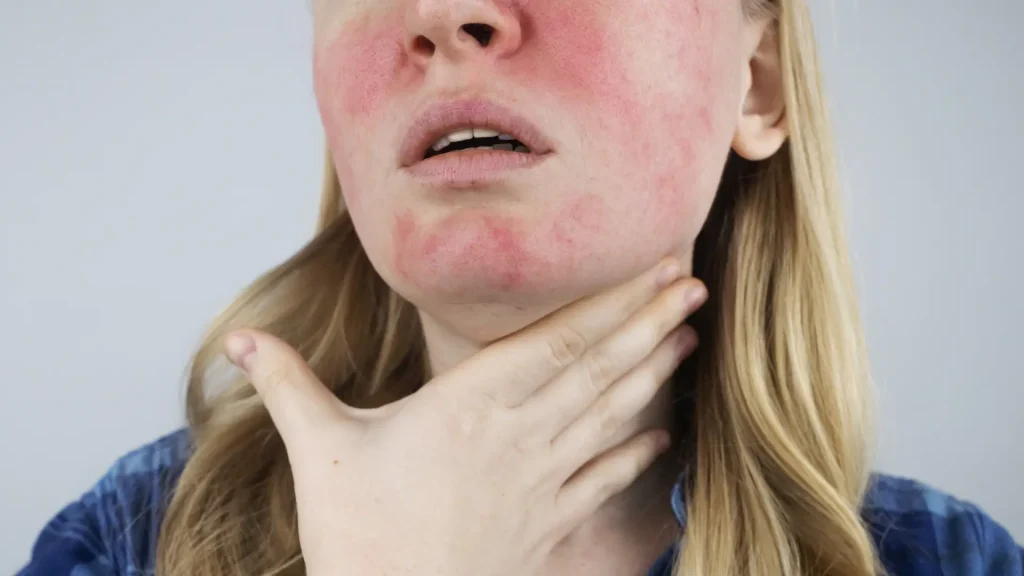
Despite M HA 10’s favorable safety profile, rare side effects can still occur. Severe reactions may arise when individuals receive an inappropriate dosage, undergo an incorrect administration process, or perform the procedure under unsterilized conditions. These side effects can be associated with any skin booster and can be avoided by following the proper treatment protocol and injection procedure.
- Allergic Reactions: These symptoms may include severe itching, rash, and difficulty breathing.
- Vascular Occlusions: When the formulation blocks a blood vessel, it reduces blood flow, which can cause severe pain, skin discoloration, and even tissue damage.
- Other Severe Complications: Some patients may experience different reactions, such as skin necrosis, blindness, and stroke, due to vascular complications.
Although these severe M HA 10 side effects may likely be uncommon, practitioners must advise patients on how to recognize them and report them immediately when they occur. Medical professionals and patients must ensure these factors for a safe and effective treatment.
- Immediate Medical Attention: Patients must promptly seek medical attention if they experience severe or unusual symptoms.
- Follow-Up Care: Scheduling regular follow-up appointments helps monitor for delayed adverse reactions and ensures patient safety.
Managing Side Effects and Risk Mitigation
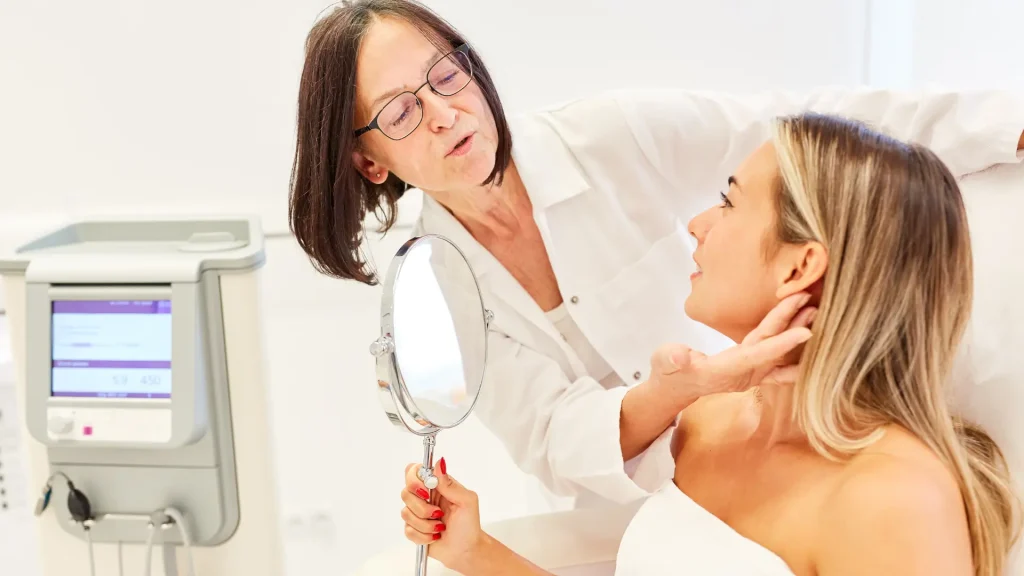
Maintaining open communication with aesthetic providers and promptly reporting concerns is vital for ensuring the best possible outcomes. Medical professionals can significantly help by making tailored treatment plans for each patient, aligning the product to their specific conditions.
- Professional Training: Healthcare providers must thoroughly train in administering M HA 10 and emergency management. To ensure patient safety, practitioners must be well-trained in injection techniques and emergency management.
- Patient Education: Educating patients on potential risks and recognizing serious side effects is vital for early intervention.
Additionally, educating patients on post-treatment care is crucial for optimal recovery:
- Clear Instructions: Practitioners should give patients detailed, written instructions on post-treatment care, including managing common and rare side effects.
- Visual Aids: These professionals must utilize diagrams and M HA 10 before and after photos to help patients understand the expected outcomes and care procedures.
- Follow-Up Support: They must also offer continuous support and remain available for any questions or concerns that may arise post-treatment.
Conclusion
Managing M HA 10 side effects requires clear communication between patients and healthcare providers. While mild reactions like swelling and bruising are common, following post-treatment care can speed up recovery and enhance results.
Patients should monitor their symptoms and report any unusual or prolonged reactions for timely medical guidance. If severe side effects occur, seeking immediate professional support ensures safe and effective management. With proper aftercare and awareness, M HA 10 remains a trusted option for skin rejuvenation.
FAQs
1. What are the common side effects of M HA 10?
Common side effects include swelling, bruising, redness, mild pain, and itching. These typically resolve within a few days to a week.
2. What rare but serious side effects should I watch for after the M HA 10 treatment?
Rare side effects can include allergic reactions like severe itching or difficulty breathing, vascular occlusions leading to pain and skin discoloration, and other severe complications such as skin necrosis or stroke.
3. What should patients do if they experience unusual side effects after treatment?
NCTF 135 HA usually requires three sessions spaced 15 days apart, with maintenance every six months. Profhilo often requires only one or two treatments, making it a more time-efficient option for many patients.
References
- New Survey Results Showcase Dermatologists as the Primary Influencer for Patients’ Cosmetic Procedures and Skin Care Decisions. (2023, October 25). Asds.net; American Society of Dermatologic Surgery. https://www.asds.net/skin-experts/news-room/press-releases/new-survey-results-showcase-dermatologists-as-the-primary-influencer-for-patients-cosmetic-procedures-and-skin-care-decisions
- DEEP HYDRATION WITH M-HA ® 10. (n.d.). In Fillmed UK. Fillmed UK. Retrieved February 7, 2025, from https://uk.fillmed.com/wp-content/uploads/2024/03/FIL7260-MHA-10-Practitioner-Brochure-single-page.pdf
